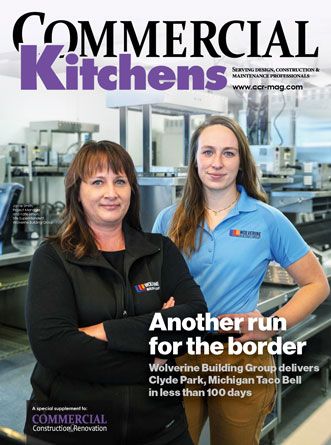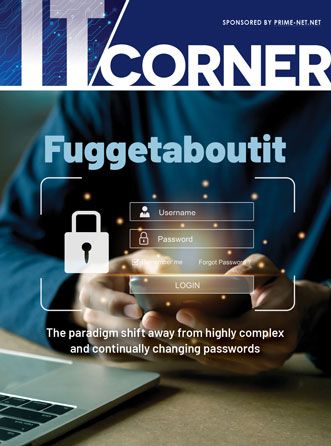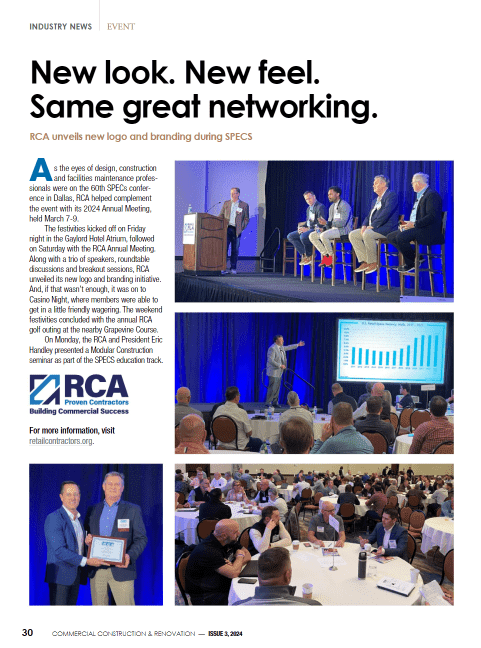It’s a bit of an understatement to say that the COVID-19 pandemic has changed the way we work. Many offices are either totally empty or operating at a fraction of their intended occupancy. Remote work, once thought of as a drag of productivity, has proven so successful that it’s likely here to stay in some capacity irrespective of the pandemic. And, as people slowly return the office, those spaces are experiencing major changes in how they operate. Of course, wearing masks and social distancing are givens, but property managers and building owners are also investing in new hardware to mitigate the virus’ spread. Adding upgraded air filtration systems and ultraviolet lighting are recommended, but the most important mitigation feature is increasing the supply of outdoor air in the building, which helps increase air flow and disperse virus particles in the air.
This combination of fluctuating occupancy coupled with the need to increase the flow of outdoor air present building owners with an unusual challenge: How to maintain a steady flow of air to properly ventilate a space that only a small number of people are using. The vast majority of U.S. offices utilizes constant speed HVAC systems to heat and cool their occupied spaces. Whether we’re talking about large commercial office buildings using chillers and boilers or low-rise office suites with rooftop units, these systems are by and large fixed speed, meaning they operate at either 100% or 0% capacity with nothing in between. Just like your home HVAC system, these systems turn on when the condition the space to thermostat’s set point and click off when that set point is reached. When the system is off there is no air flow occurring.
This worked in the pre-pandemic world because offices were mostly full and ventilating beyond what building codes required was unnecessary. In the middle of a pandemic, however, it presents problems. These constant volume systems are designed to heat and cool during the hottest and coldest days of the year, which occur roughly 2% of the time. The other 98% of the time, the system is oversized. Bringing more outside air into the building, which then needs to be heated or cooled, drives up system usage and utility bills. Not to mention that this oversized system is operating more than usual to condition outside air and ventilate the building for only a handful of people. In this context it makes sense that even as office occupancies have cratered by 70% or more, energy use in those offices has decreased by just 25%, according to a recent Greentech Media article[1].
Variable speed technology, which is available in office applications large and small, provides some solutions to this unique set of challenges. Unlike constant speed systems, variable speed ones can run between 20% and 100% capacity, effectively matching HVAC load to the building’s actual demand. And, as opposed to the on/off operation method of their fixed-speed counterparts, variable speed systems operate continuously, providing a steady stream of conditioned air to the space.
These two features of variable speed systems give building managers distinct advantages during this pandemic. First, as people slowly return to the workplace and while future lockdowns are possible, the ability to ramp a system up and down depending on demand is vital. Even if an office is totally empty, many leases require tenant spaces to be minimally conditioned at all times. Many HVAC systems, particularly hydronic ones involving water, require regular usage to avoid corrosion. Variable speed systems can be run continuously at lowered speeds to match low demand and maintain system usage. When more people return to the office, the system ramps up to meet their needs. Second, since a variable speed system is continuously operating, even at a lowered rate, it is also continuously ventilating the space. Building managers no longer need to increase systems operating hours to increase ventilation. They need only increase the flow of outdoor air, which the system conditions and moves around the space, or raise the system’s minimum speed to allow for more air flow.
Under normal circumstances, variable speed HVAC systems offer attractive paybacks and low total cost of ownership. During this pandemic, however, these next generation systems prove essential. They provide building owners with the flexibility needed to manage in this very uncertain time.
Article Author: John Sheff, Director of Public and Industry Affairs, Danfoss
[1] https://www.greentechmedia.com/articles/read/how-office-buildings-power-down-during-coronavirus-lockdown







 The 2024 virtual Men’s Round Table will be held Q4, 2024, date TBD.
The 2024 virtual Men’s Round Table will be held Q4, 2024, date TBD.











